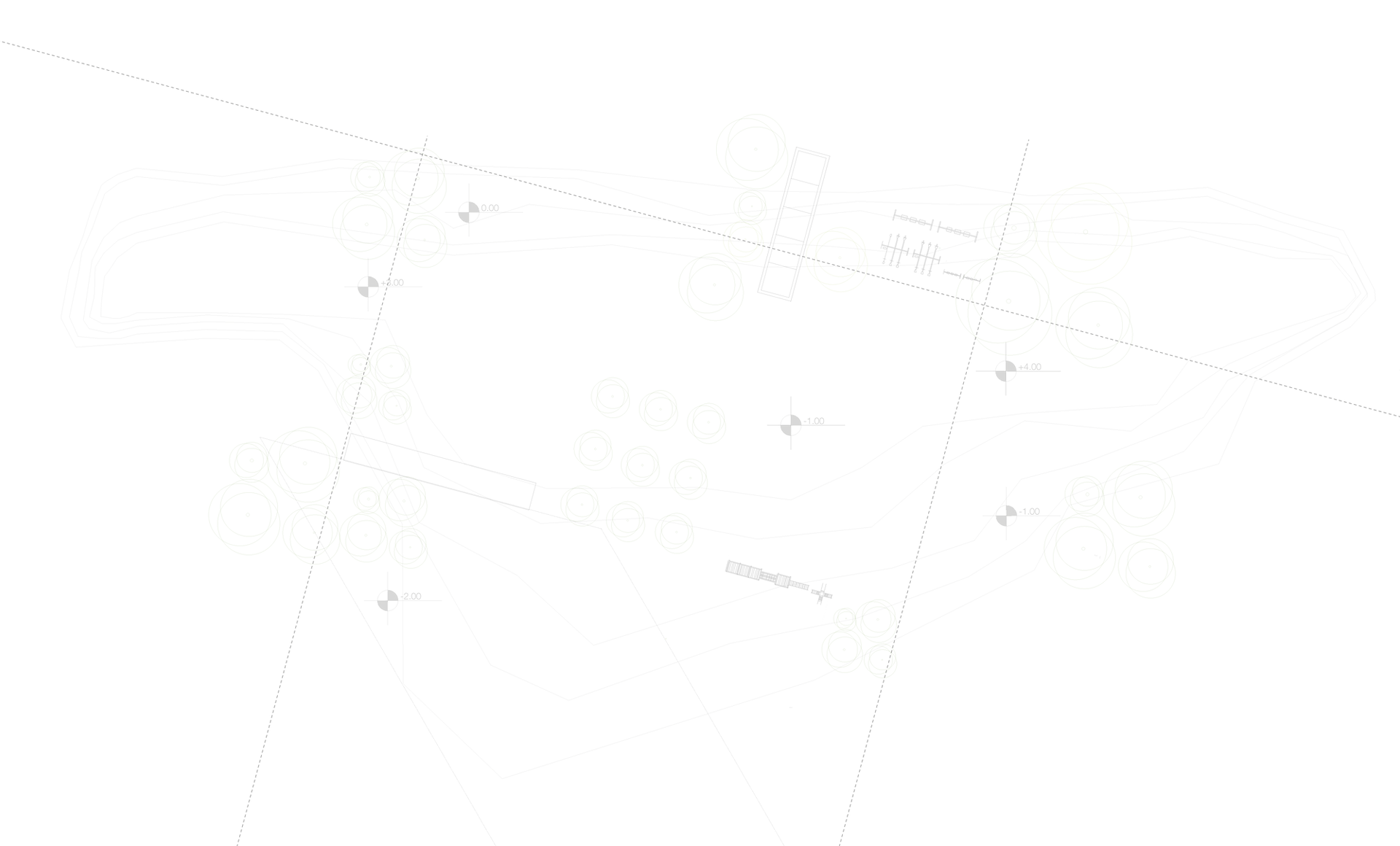
New Urbanist Blacksburg
by Max Rooke & Lonnie Hamilton III
New Urbanism as a Holistic Planning Approach
New Urbanism is a planning and development approach based on traditional village structure, and aims to create dense walkable communities by focusing on human-scaled design. New Urbanism places an emphasis on accessible public spaces and placemaking, inviting pedestrian networks, and aims for close proximity between housing and retail (Congress for New Urbanism, n.d.). New Urbanism was developed in the 1990s as an alternative to the sprawling, single-use, low-density development patterns typically found in suburban development post World War II and can be applied to new development as well as used as guidelines for urban infill and revitalization (Congress for New Urbanism, n.d.). Instead of modern sprawling neighborhoods that require private automobiles for mobility, New Urbanist developments allow residents to utilize active transportation like walking and biking, and support using public transportation such as Blacksburg Transit. New Urbanism has also been used to promote socioeconomic equity, such as turning public housing units into livable mixed-income communities through thoughtful placemaking and urban revitalization (Congress for New Urbanism, n.d.).
In addition to promoting inviting, walkable cities, New Urbanism promotes environmentally sustainable development. At its core, New Urbanist developments should dissuade residents from needing personal automobiles, and should allow most day-to-day activities to be completed using active transportation or public transit (Congress for New Urbanism, 1996). Even public land should be accessible via public transit or active transportation, so non-driving residents can have the same quality of life as those who choose to drive. New Urbanism also supports the conservation of open space outside of developed edges, and dissuades the development of sprawling single-use bedroom communities (Congress for New Urbanism, 1996). Landscaping should be inviting and contribute meaningfully to public placemaking, but should utilize native species and promote passive cooling and green stormwater management principles (Congress for New Urbanism, 1996).
In 2009, the Congress for New Urbanism produced an additional document as a guide to building settlements as part of the natural world, as part of a holistic view of ecologically-sustainable, community-oriented, human-scaled urban design. This “Canons of Sustainable Architecture and Urbanism” is a direct response to the global climate crisis, and expands on the environmental aspects of New Urbanism. Notably, the Canons express the need for New Urbanism developments to preserve separate but linked agricultural and natural lands in order to provide for local foodways, maintain local watersheds and water supply, allow access to nature and open space, and protect biodiversity in local habitats (Congress for New Urbanism, 2009). Additionally, natural systems should be used to manage stormwater and allow it to filter naturally into groundwater and local watersheds and provide passive cooling for buildings. Streets should feel safe and inviting, and cater to pedestrians’ needs over the needs of automobile drivers, and neighborhoods should be compact with an emphasis on infill development in order to limit the need to use cars at all (Congress for New Urbanism, 2009). All energy used should come from renewable resources whenever possible with a preference given to local energy sources that do not require expensive, inefficient transportation, and buildings and infrastructure should be as energy efficient as possible in order to cut back energy demand (Congress for New Urbanism, 2009). Overall, New Urbanism development guidelines can be utilized to guide sustainable development in the pursuit of Green New Deal objectives, and provide a holistic view where the community and the environment are both important stakeholders in decisions affecting the built environment.

Source: Torti Gallas & Partners

Source: Cunningham | Quill Architects

From the Center for New Urbanism

Source: Torti Gallas & Partners